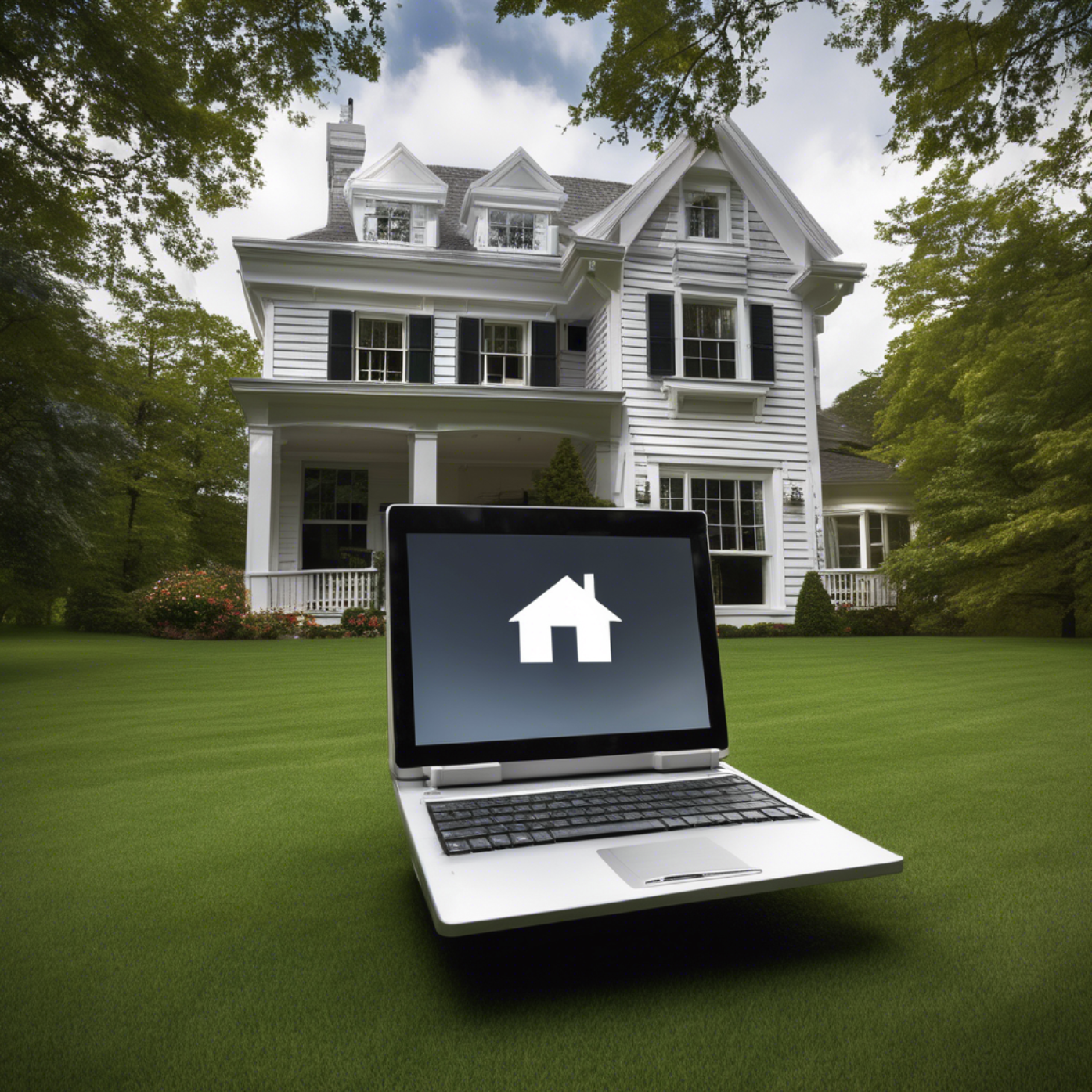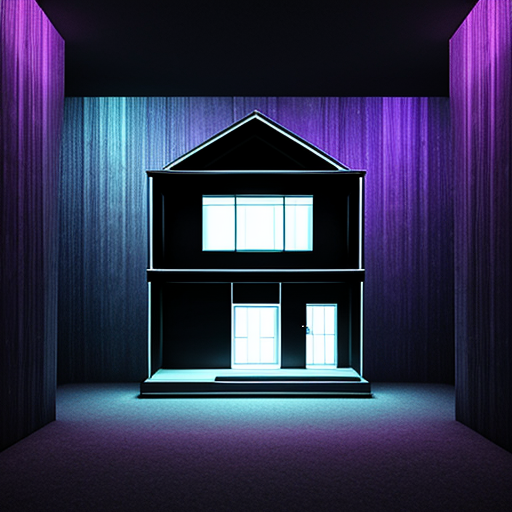
In the world of real estate, visual appeal plays a pivotal role in attracting potential buyers or renters. With the rise of technology, real estate professionals now have powerful tools at their disposal to make properties more marketable. Among these tools, virtual staging and 3D modeling software stand out as two of the most prominent. While both serve the purpose of enhancing property visualization, they are fundamentally different in terms of functionality, purpose, and usage. This article explores the core differences between virtual staging and 3D modeling software, their respective pros and cons, and how each fits into the real estate industry.
Read about the best virtual staging softwares and apps for real estate and realtors 2025 (DIY and free download reddit): click here now
1. What is Virtual Staging?
Virtual staging is a digital process that involves adding furniture, decor, and other design elements to a photograph of an empty or sparsely furnished property. This is typically done using specialized software that enables designers or real estate professionals to overlay digital furnishings onto real photographs.
Key Features of Virtual Staging:
Uses actual photographs of the space
Furniture and decor are digitally added
Quick turnaround times (often 24-72 hours)
Cost-effective compared to physical staging
Mostly used for marketing purposes (MLS listings, brochures, social media)
Virtual staging helps buyers visualize how an empty space can be utilized, improving emotional connection and perceived value.
2. What is 3D Modeling Software?
3D modeling software allows users to create an entirely virtual representation of a property or interior space from scratch. This is done by building geometric shapes in a digital environment, which can then be textured, lit, and rendered to produce realistic images or animations.
Key Features of 3D Modeling Software:
Creates entire environments from scratch
Allows for full customization (architecture, lighting, textures)
Used for walkthroughs, interactive tours, and virtual reality (VR)
Requires technical skills and powerful computing resources
Commonly used in architecture, game design, product visualization, and real estate
3D modeling gives complete creative control, allowing users to showcase properties in various lighting conditions, weather, or even before the property is built.
3. Core Differences Between Virtual Staging and 3D Modeling
FeatureVirtual Staging3D Modeling SoftwareBase InputReal photosCreated from scratchLearning CurveLow to moderateHighFlexibilityLimited to photo perspectivesHighly customizableCostRelatively lowHigher (software, labor)Time InvestmentFastTime-consumingPrimary UseEnhancing listingsDesign visualization, architecture, pre-constructionOutput TypesStill imagesImages, videos, 3D walkthroughs
4. Use Cases in Real Estate
Virtual Staging: Perfect for realtors who want to quickly enhance property photos without the expense of physical staging. It's especially useful for:
Empty homes
Rental listings
Homes with outdated furniture
Online marketing and brochures
3D Modeling: More suitable for developers, architects, and real estate investors involved in pre-construction or major renovations. Typical use cases include:
Selling off-plan properties
Showcasing future renovations
Architectural planning
High-end marketing presentations
5. Software Examples
Popular Virtual Staging Software:
ApplyDesign
BoxBrownie
roOomy
Virtual Staging Lab
Popular 3D Modeling Software:
SketchUp
Blender
3ds Max
Rhino
Autodesk Revit
These tools cater to different expertise levels. For instance, ApplyDesign and BoxBrownie are geared toward non-technical users, while Blender and 3ds Max require advanced 3D modeling skills.
6. Pros and Cons
Virtual Staging Pros:
Affordable
Quick delivery
Easy to use
Effective for marketing listings
Virtual Staging Cons:
Limited realism (due to flat photo base)
Cannot change the room structure
Some buyers may feel misled if not clearly labeled
3D Modeling Pros:
Fully customizable
Can showcase unbuilt properties
Great for architectural planning
Highly immersive (VR-ready)
3D Modeling Cons:
Steep learning curve
High cost (software, training, rendering)
Longer production times
7. When to Use Each Tool
Choose Virtual Staging When:
You already have high-quality photos
You’re on a tight budget or deadline
You want to market an existing space fast
Choose 3D Modeling When:
The property is not yet built
You want full control over visuals
You need immersive or interactive experiences
You’re working on architectural planning or renovations
8. Integration with Other Technologies
Both virtual staging and 3D modeling can be enhanced through other technologies:
Augmented Reality (AR): Allowing users to view staged furniture through their phones
Virtual Reality (VR): For immersive 3D tours using headsets
AI and Automation: Speeding up staging workflows and personalization
Cloud-Based Platforms: Collaboration and faster delivery
These technologies are increasingly blending, especially in the luxury and commercial real estate sectors.
9. Final Thoughts: Complementary Tools, Not Competitors
Despite their differences, virtual staging and 3D modeling aren’t direct competitors. Instead, they serve different phases of the real estate process. A realtor might use virtual staging to enhance listings, while a developer may rely on 3D modeling to sell pre-construction condos.
Both tools improve how buyers experience a space before setting foot inside. The choice depends on your budget, timeline, and specific project goals.
Understanding when and how to use each can significantly impact the success of a real estate marketing campaign. And as technology continues to evolve, expect to see even more integration, automation, and accessibility in both fields.
Conclusion
Virtual staging is the go-to for realtors looking to boost the appeal of existing properties quickly and affordably. 3D modeling, on the other hand, offers a powerful solution for pre-visualization, architectural accuracy, and immersive experiences.
By recognizing their strengths and limitations, real estate professionals can make smarter decisions and harness the best of both technologies to drive sales, reduce time on market, and offer buyers a clearer vision of their future home.










Write a comment ...